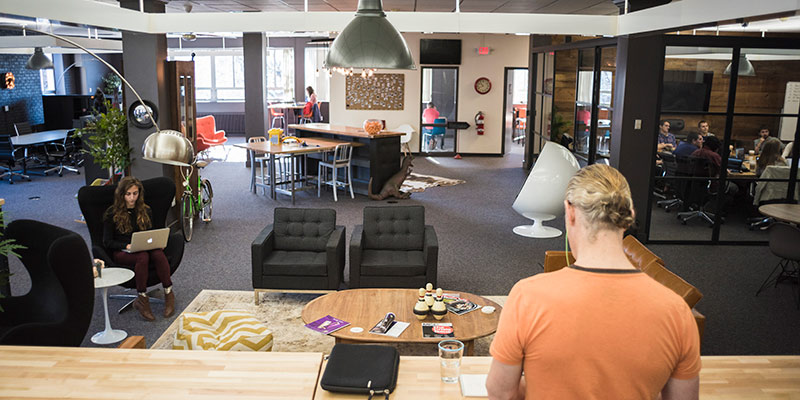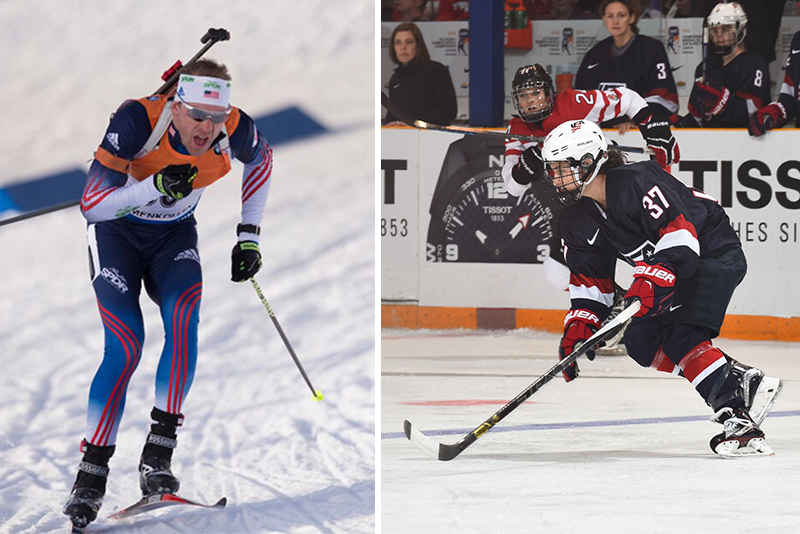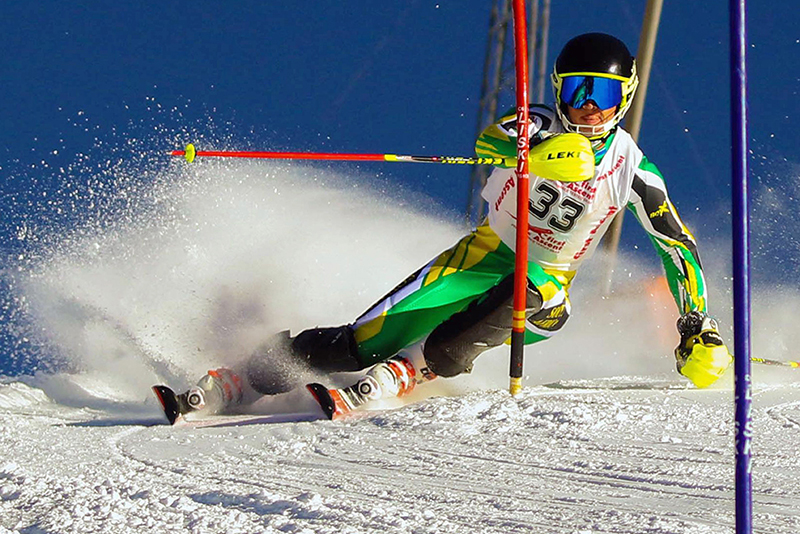The Colorado potato beetle is notorious for its role in starting the pesticide industry—and for its ability to resist the insecticides developed to stop it.
Now a team of scientists has—for the first time—sequenced and explored the whole genome of this major agricultural pest. What they found in its DNA was “very surprising,” says Yolanda Chen, a scientist at the University of Vermont who co-led the new study with University of Wisconsin–Madison entomologist Sean Schoville.
The team expected to find clear genetic evidence of the beetle’s amazing adaptability to insecticides. Instead, the study revealed that the genes of the Colorado potato beetle involved in insecticide resistance are similar to other species of beetles.
“There’s a more complicated story in the evolution of this beetle than just gene sequences,” says Chen, an entomologist in UVM’s Department of Plant and Soil Science. She and her colleagues from 32 other institutes and universities reported their findings in the January 31 issue of Scientific Reports.
New questions
Chen and co-author Kristian Brevik, a UVM graduate student in Chen’s lab, think that epigenetic switches—changes to genes from the environment or other factors outside of the DNA—may be crucially important to understanding how the Colorado potato beetle rapidly evolves resistance to numerous types of insecticides.
They and the rest of the team on the study believe that their new data will help shed light on how this insect jumps to new plant hosts and handles toxins, and it will help researchers explore more ways to control the beetle. “What this genome will do is enable us to ask all sorts of new questions around insects,” says Chen, “why they’re pests and how they’ve evolved—and that’s why we’re excited about it.”
Devastating pest
The Colorado potato beetle’s rapid spread, hardiness, and recognizable tiger-like stripes have caught global attention since it began infesting potatoes in the 1800s, spreading east from Nebraska after the Civil War. “Within something like twenty years it made it through the East Coast. It was topping trains. It was forcing people to give up their beach vacations. It was devastating crops,” Chen explains. “Since then, you can’t grow potatoes, on the East Coast especially, without using pesticides.” The beetle was investigated as a potential agricultural weapon by Germany in the 1940s and its post-war spread into the Soviet bloc stoked an anti-American propaganda campaign to pin the invasion on outsiders. More benignly, it has featured on many countries’ stamps and is used in classrooms to educate about insect lifecycles.
Rapid evolution
But it’s the beetle’s ability to rapidly develop resistance to insecticides and to spread to climates previously thought inhospitable that has fascinated and frustrated entomologists for decades. Managing the Colorado beetle costs tens of millions of dollars every year. The alternative is the billions of dollars in damage if left unchecked.
“All that effort of trying to develop new insecticides is just blown out of the water by a pest like this that can just very quickly overcome it,” says Wisconsin’s Schoville. “That poses a challenge for potato growers and for the agricultural entomologists trying to manage it. And it’s just fascinating from an evolutionary perspective.”
Within the beetle’s genome, the team found a diverse and large array of genes used for digesting plant proteins, helping the beetle thrive on its hosts. The beetle also had an expanded number of genes for sensing bitter tastes, likely because of their preference for the bitter nightshade family of plants, of which potatoes are a member.
Other pathways
In the new study, UVM’s Chen and Brevik focused on understanding “transposable elements” within the beetle’s genome. These are parts of the DNA that can jump around, changing position within the genome. These transposable parts of the Colorado potato beetle, which make up 17 percent of the beetle’s genome, are evolving rapidly compared to other beetle families, the new research reports. But when it came to the pest’s infamous ability to overcome insecticides, the researchers were surprised to find that the Colorado potato beetle’s genome looked much like those of its less-hardy cousins. The team did not find new resistance-related genes to explain the insect’s tenaciousness.
“This is what’s interesting—it wasn’t by diversifying their genome, adding new genes, that would explain rapid pesticide evolution,” says Schoville. “It leaves us with a whole bunch of new questions to pursue how that works.”
The new genome does provide a clue to the beetle’s known sensitivity to an alternative control system, known as RNAi, that can be used to gum up its cellular machinery and act as a kind of insecticide. The Colorado potato beetle has an expanded RNAi processing pathway, meaning it could be particularly amenable to experimental RNAi control methods.
Chen and Schoville are now sequencing another 100 genomes of the Colorado potato beetle and its close relatives to continue investigating the hardiness and adaptability that have captured so many people’s attention for the past 150 years. “It’s evolved faster than most other species,” says Chen, “It’s even invading into the Arctic Circle.”
Source: UVM News





